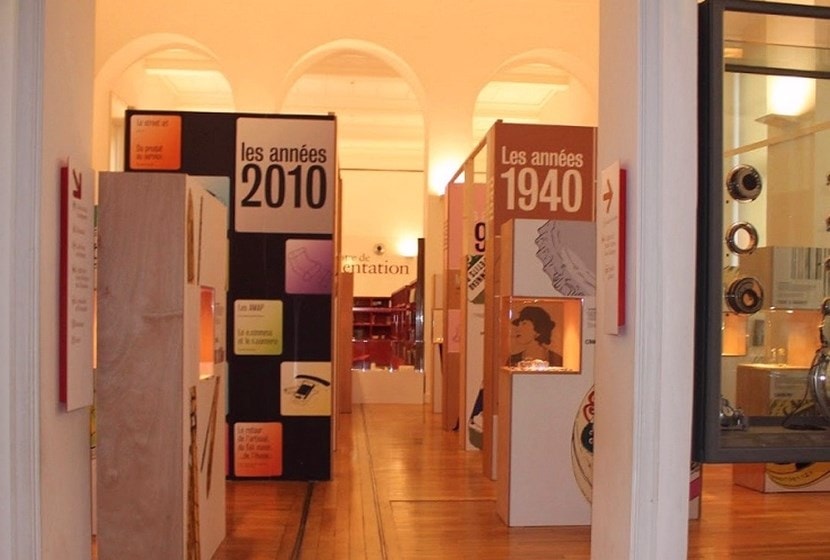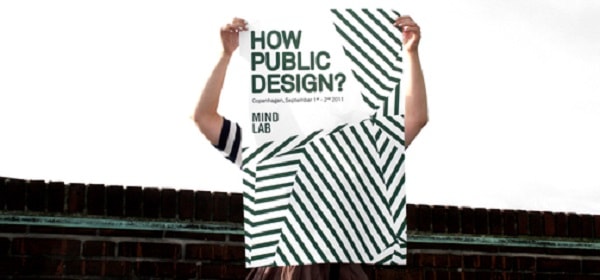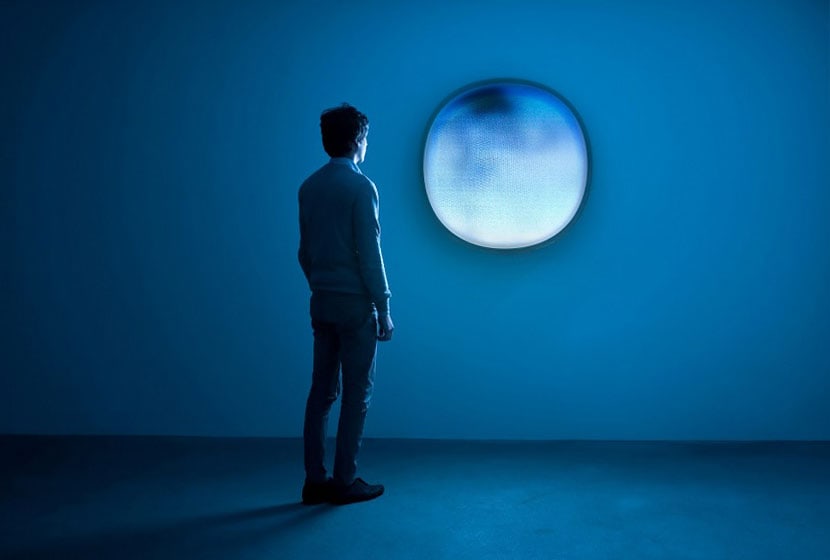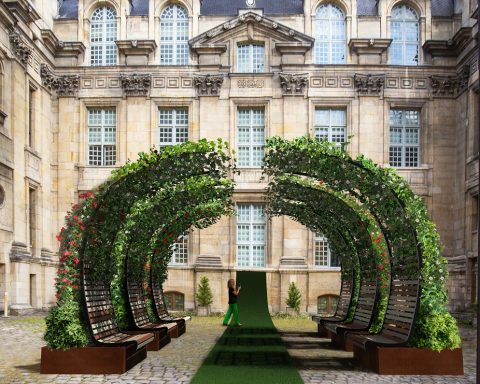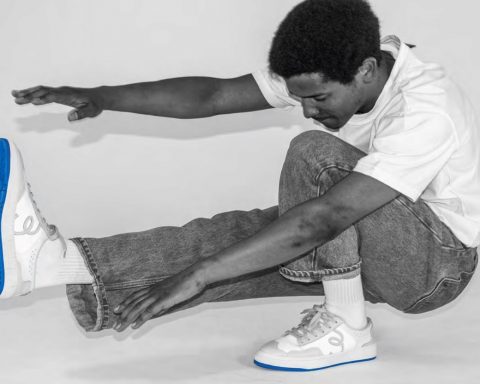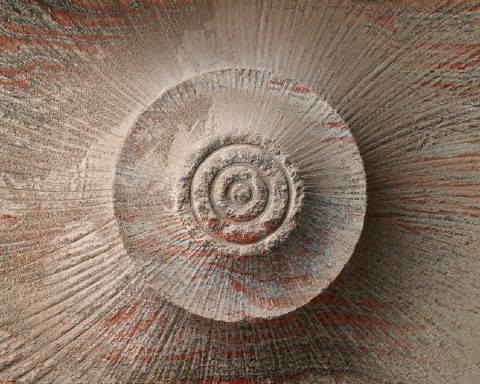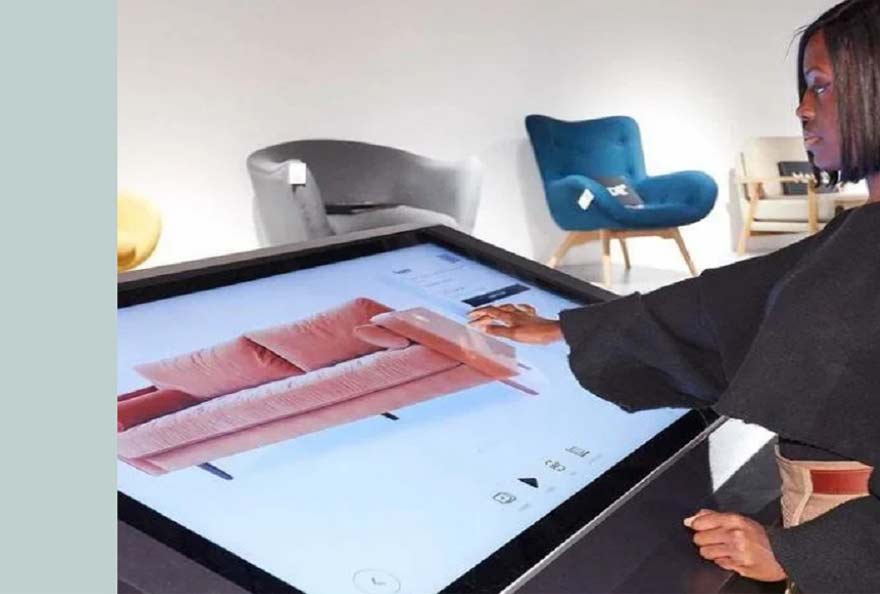Until the end of June 2013, the Musée des arts et métiers in Paris hosted a guest exhibition "Packaging that changes our lives! "at the initiative of the French Institute of Design. This is not an event-driven operation, even less a commercial one, but a beautiful tribute to the history of mankind and its innovations; to all that is alive in their renewal and their durability to be as close as possible to the uses from 1940 to ... tomorrow. Result: more than 150,000 visitors!
"You buy with your eyes" (Jacques Viénot - Cabinet Technès 1951)
The room Madame de Genlis of the Museum couldn't believe his eyes! While his usual models were being restored over several years in the Museum's restoration department, the space that had become free was filled with "guest" exhibitions whose themes always - let us reassure ourselves - reflected the 18th century spirit of Father Gregory. Even if these exhibitions were temporary, the Museum thus continues to perpetuate the enrichment of the collections, notably with the national mission for the safeguarding of contemporary scientific and technical heritage, which has been entrusted to it since 2003 by the Ministry of Higher Education and Research.
An exhibition or the innovative solutions that have changed our lives
 Through their packaging, the brands that surround us have made our daily lives easier. Anne-Marie Sargeuil, President of the Institut Français du Design and Jean Watin-AugouardThe company's founder, a brand historian, has created a veritable showcase for the evolution of packaging from the post-World War II era to the present day.
Through their packaging, the brands that surround us have made our daily lives easier. Anne-Marie Sargeuil, President of the Institut Français du Design and Jean Watin-AugouardThe company's founder, a brand historian, has created a veritable showcase for the evolution of packaging from the post-World War II era to the present day.
Jean Watin-Augouard explains; "Some people are ecstatic in front of an amphora, Egyptian or Roman! Nevertheless, in its time and in the eyes of its contemporaries, it was a container like any other, manufactured in thousands of copies. Also, our packaging, born with the brand at the beginning of the 19th century when the product was no longer sold in bulk but packaged with the creator's name, also deserves our admiration. They accompany the brand in its destiny and are, like the brand, sometimes the fruit of chance, often of necessity, always of challenge".
Anne-Marie Sargueil: "Without the discoveries of men - scientists, artists, designers,... - we would still have amphoras and jars! The shape, weight, easy opening, solidity, and today, compacting and recycling, make available products and services that change our lives. This exhibition is a meeting place for talent and know-how, an invitation to be ever more daring and creative. »
The brand, the know-how of mankind
Design is one of man's know-how and therefore contributes to the brand's longevity.
During the first exhibition in Villepinte in November 2012 already imagined by the agency Red Dragon, a scientific committee had helped select the major innovations. A staging designed for a space of discovery around eight decades of packaging in their socio-historical context, including drawings recalling the imaginary and sensitive dimension of the designer's profession and of course original products, often exclusive and nowhere to be found.
Originally, chocolate was sold in pharmacies (Meunier). The oil was sold in barrels until Georges Lesieur decided that the bottle of oil had to be on the table. The Teisseire syrup, born in 1955, was inspired for its current shape by the cyclists' canister, the bending having appeared in 1994 designed by Didier Cosson.
In 1892, the inventor William Painter filed a patent in the United States for the crown cork capsule used to package soft drinks. A large percentage of these drinks became unfit for consumption, even toxic because they were contaminated by the metal corks of the time. The bottle opener will arrive only in 1894, from the same inventor. In 1974, Kronembourg was the first French brand to use the "Crown cork" on its bottles. This way, the risks of contamination were eliminated.
Closer to home, it is Canderel, created in 1998, that innovates with the Canderel "pocket", which is reduced to the size of a credit card, light and discreet, thus echoing the product's ambitions: to facilitate weight loss.
Sodebo offers fresh pasta in a "PastaBox", allowing recipes to be transported and reheated in the microwave, adapting to increasingly nomadic lifestyles. Another example: the clever Packacrep lunch basket from the Breton caterer Ty Lichous. A packaging that replaces the bag, keeps at temperature, avoids condensation, but is above all practical (Cervia Prize 2012).
 |
 |
 |
 |
And let's not forget the future with WikiCell Designs edible packaging. No more plastic! Long live the natural and edible shell. Imagined by Harvard's American Professor of Biomedical Engineering, Dave Edwards, and designer François Azambourg, "WikiCell" can be compared to a grape surrounded by its skin: edible wrapping 100 % biodegradable. Perhaps the packaging of the future?...
"Yes, packaging is a mirror of its time and an agent of change. It deserves, like the amphora, to have its "Louvre", the "Louvre of brands", the true brands that contribute to writing the history of society and humanity.« . Jean Watin-Augouard
Musée des arts et métiers, 60 rue Réaumur - 75003 - Paris / Open Tuesday to Sunday inclusive from 10am to 6pm - Nocturne on Thursdays until 9.30pm
The exhibition book is available at the Museum bookstore.
 About the French Institute of Design
About the French Institute of Design
Because our living environment, a real driving force for change, is constantly improving, the Institut Français du Design favours projects that are part of a sustainable approach to better living. Because design is becoming the object of important commercial and human stakes, the Institut Français du Design, as a centre of expertise, works to promote professional ethics in a market economy.
Since 1951, the Institut Français du Design has been selecting products and services that favour respect for the user and his environment, design for "the Person, the Company and the City".
Created in 1953 by ministerial decree and placed under the patronage of the Minister of Economy, Industry and Employment, the Janus label recognises the best achievements in terms of design. The Janus label, which is divided into the Janus de l'Industrie, de la Santé, du Commerce, du Service et de la Cité (Janus for Industry, Health, Commerce, Service and the City), helps to promote investment in design and its transformation into a competitive advantage. In order to illustrate its approach, the French Institute of Design has for the past 5 years set up socio-cultural exhibitions: "INOVI, these brands that change our lives", "These packagings that change our lives! ", " HERITAGE, by Janus " (March 2013, Saint Etienne International Design Biennial).
To promote innovation through design, the Institut Français du Design facilitates contact between different players - students, designers, companies and local authorities - involved in the implementation of joint projects.
www.institutfrancaisdudesign.fr
 About the Conservatoire National des arts et métiers
About the Conservatoire National des arts et métiers
The Conservatoire national des arts et métiers (Cnam), a major public institution of a scientific, cultural and professional nature, has been dedicated to lifelong learning since its foundation by Henri Grégoire in 1794. Placed under the supervision of the Ministry of Higher Education and Research, it fulfils three main missions: professional training for adults, technological research and innovation, and the dissemination of scientific and technical culture. This last mission is carried out by the Museum of Arts and Crafts.
The mission of the Museum of Arts and Crafts, which is a department of the CNM, is to conserve and increase the national heritage illustrating the progress of science and technology and to contribute to the development of historical research and cultural, scientific and technical training. To this end, it organizes temporary exhibitions, educational and cultural events and publishes various publications.

